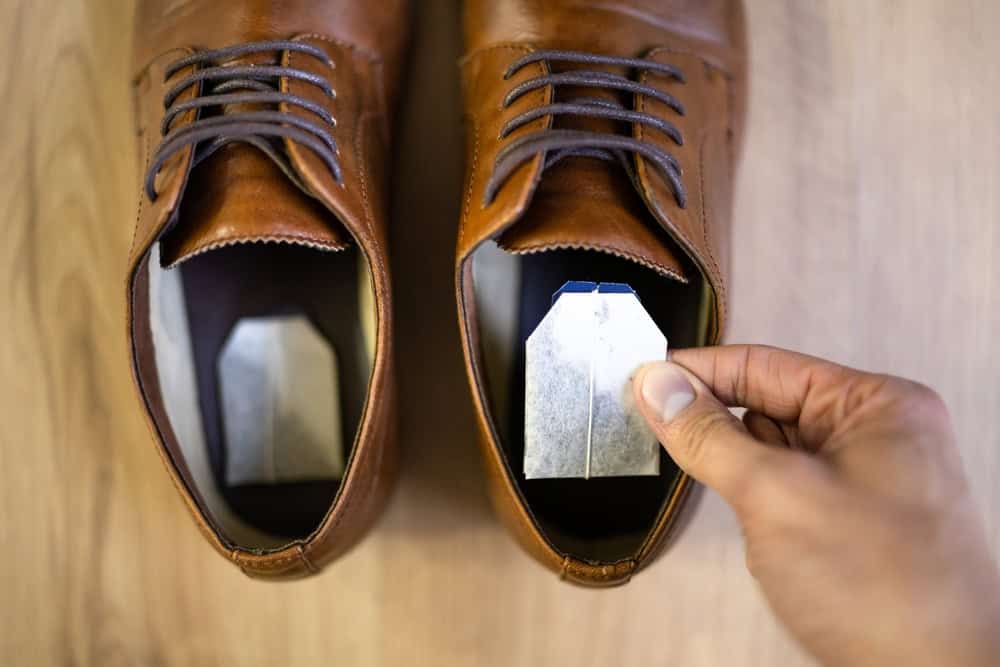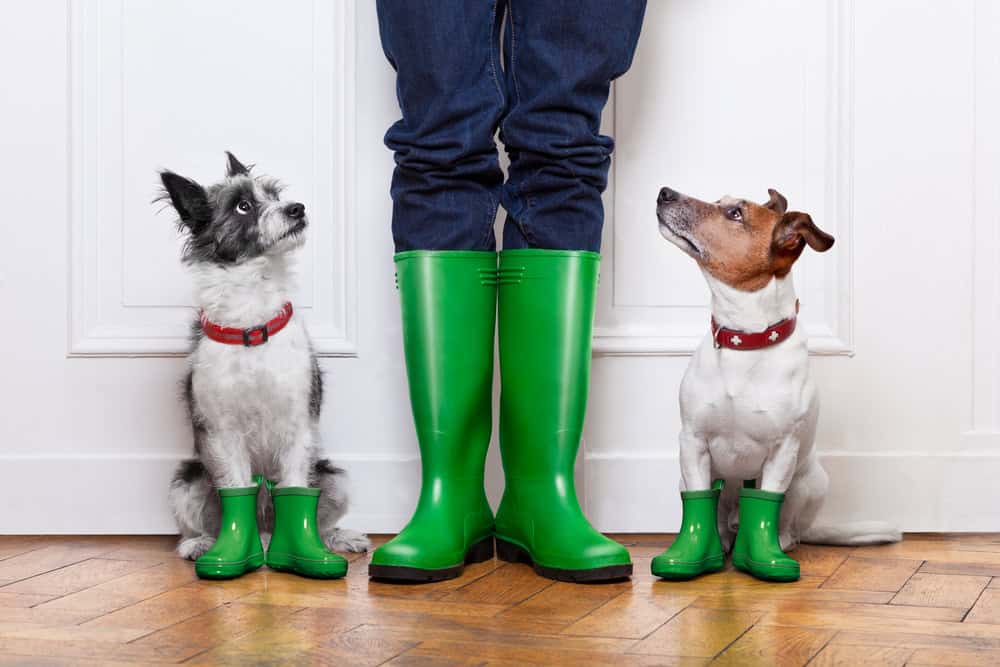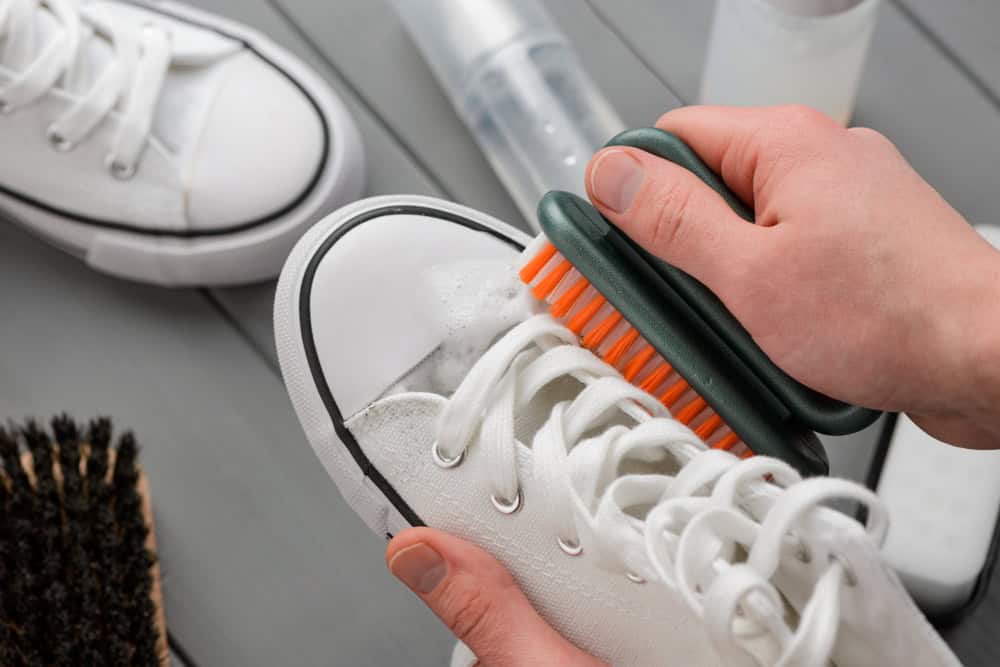Introduction
When it comes to outdoor activities like hunting or wildlife photography, understanding the significance of minimizing human scent is central. One essential aspect in achieving this goal is the careful selection of footwear. What type of boots help minimize human scent, you may wonder?
Certain boots are designed with materials and features that assist in reducing the distinct scent emitted by the human body. These specialized boots incorporate technologies like scent control linings and antimicrobial treatments that work together to minimize the release of scent molecules.
Understanding what type of boots help minimize human scent becomes imperative for those seeking to stay undetected in the wilderness. Moreover, these boots often utilize materials that wick away moisture and are designed to be breathable. It reduces the likelihood of fragrant fluid buildup.
Choosing the right footwear is not only about comfort and durability but also about maintaining secrecy and minimizing your impact on the environment. Therefore, investing in boots specifically designed to address the question of what type of boots help minimize human scent is a wise decision for those who value a scent-conscious approach to outdoor activities.
Boots designed to minimize human scent perform an important character in various outdoor activities particularly in hunting and wildlife observation. The goal is to reduce the chances of detection by animals that have a keen sense of smell. Several features and materials are incorporated into specialized what type of boots help minimize human scent to achieve this objective.
How Scent-Control Technologies Contribute in Boots to Minimizing Human Scent?
Scent-control technologies in boots perform an important character in minimizing human scent by utilizing innovative materials and designs. These technologies typically involve the integration of activated carbon or antimicrobial treatments within the boot’s fabric, effectively neutralizing and absorbing odor-causing bacteria.
The porous nature of activated carbon traps and absorbs scent molecules preventing them from escaping and informing wildlife. Additionally, antimicrobial treatments inhibit the growth of odor-producing bacteria, ensuring long-lasting freshness. Some advanced boots even incorporate moisture-wicking properties and reduce sweat that can intensify scent.
By addressing both bacterial growth and moisture, these technologies work together to keep human scent at bay and enhance secrecy during outdoor activities like hunting. Ultimately, scent-control technologies in boots contribute significantly to what type of boots help minimize human scent providing a valuable advantage in scenarios where avoiding detection is paramount.

Different Types of Boots to Minimize Human Scent
Rubber Boots:
- Waterproof and scent-resistant.
- Ideal for wet and muddy conditions.
- Provides a barrier against odors.
Neoprene Boots:
- Insulating and scent-tight material.
- Comfortable for extended wear.
- Excellent for cold and damp environments.
Gore-Tex Boots:
- Breathable yet scent-blocking technology.
- Suitable for various terrains and weather.
- Prevents moisture and odor penetration.
Leather Boots with Scent-Lock Technology:
- Genuine leather with added scent control.
- Durable and suitable for all-season use.
- Minimizes human scent for hunting purposes.
Carbon-Impregnated Boots:
- Infused with activated carbon for scent absorption.
- Lightweight and versatile for different activities.
- Reduces the chance of scent detection.
Scent-Free Rubber Hunting Boots:
- Specialized rubber with scent-reducing properties.
- Designed for stealthy movement in hunting.
- Minimizes human odor for improved concealment.
Special Features: What Type of Boots Help Minimize Human Scent
By combining these features, boots designed to minimize human scent contribute significantly to the success of outdoor activities where remaining undetected by wildlife is paramount. Hunters and outdoor enthusiasts alike benefit from the technology and materials that make these boots an essential part of their gear.
Scent-Blocking Materials:
The primary characteristic of scent-minimizing boots is the use of materials that help trap and neutralize human aromas. Some boots are constructed with special fabrics and linings that actively work to absorb and contain scent. It prevents it from being released into the environment.
Rubber and Synthetic Materials:
What type of boots help minimize human scent made from rubber or synthetic materials are often preferred over traditional leather. Leather tends to absorb and retain scents whereas rubber and synthetic materials are less porous. These materials are very useful to minimize the likelihood of scent absorption. This choice is especially important when traversing through areas with dense vegetation or rainy environments.

Activated Carbon Technology:
Some boots incorporate activated carbon technology in the form of liners or insoles. Activated carbon is known for its ability to adsorb and trap perfumes effectively. This feature helps to minimize the release of human scent as the boots are damaged. It makes them a popular choice for hunters seeking to stay undetected.
Antimicrobial Treatments:
What type of boots help minimize human scent may be treated with antimicrobial agents to control the growth of odor-producing bacteria. By preventing the buildup of bacteria on the boots the risk of emitting detectable human scent is reduced. This feature is particularly useful in situations where extended wear is necessary.
Odor-Eliminating Sprays and Linings:
Some boots come with or can be treated with odor-eliminating sprays or linings. These additional measures complement the design of the boots. It provides an extra layer of protection against scent detection.
Design for Minimal Ground Disturbance:
The design of the sole and walk pattern is also important. Boots with soles designed for least ground trouble can help reduce the transfer of scent to the surrounding environment. This is especially important when moving through areas where animals are likely to pick up on disturbances in the ground.
Proper Maintenance:
Regular cleaning and maintenance of scent-minimizing boots are essential to ensure their effectiveness over time. Cleaning with scent-free soaps and storing the boots in a scent-controlled environment can help preserve their odor-neutralizing properties.
Tips for Choosing: What Type of Boots Help Minimize Human Scent
Boot Quality:
Choose boots made of scent-resistant materials like rubber or neoprene.
Scent-Locking Technology:
Pick the boots with specialized linings that trap and neutralize odors.
Waterproof Boots:
Waterproof materials prevent absorption of scent keeping you undetected.
Insulation and Breathability:
Look for boots with insulation for warmth yet breathable to reduce scent growth.
Anti-Microbial Properties:
Boots treated with antimicrobial agents help control odor-causing bacteria.
Camouflage Patterns:
Boots with camouflage designs can help you blend into your surroundings.
Natural Colors:
Choose earth-toned boots to avoid standing out and attracting attention.
Minimal Scent Emission:
Select boots designed to emit minimal human scent during movement.
Sizing and Fit:
Ensure boots fit snugly to minimize friction and reduce scent dispersal.
Proper Cleaning:
Regularly clean and treat boots with scent-free products to maintain effectiveness.
Odor Eliminating Insoles:
Invest in boots with insoles that neutralize foot odor for added scent control.
Scent-Free Storage:
Store boots in scent-proof containers when not in use to preserve their effectiveness.
Different Factors Effect on What Type of Boots Help Minimize Human Scent
Technology and Material:
Brands employ advanced technologies and materials to minimize human scent in their boots. Some utilize scent-control fabrics, like activated carbon or silver-based compounds, to neutralize odors. Others incorporate antimicrobial treatments to reduce bacterial growth and odor.
Carbon-Based Footwear:
Certain boot brands focus on carbon-based materials, such as activated charcoal to absorb and trap human scent effectively. These boots are designed to keep the hunter’s foot odor at the inlet enhancing secrecy during outdoor activities.
Scent-Locking Features:
Innovative brands engineer boots with scent-locking features creating a barrier against human scent. This can involve special linings, membranes, or even proprietary technologies designed to trap and eliminate odors.
GORE-TEX and Waterproofing:
Many hunting boots incorporate GORE-TEX and other waterproofing technologies. Apart from keeping the feet dry. These materials also assist in minimizing scent dispersion and providing a dual benefit for outdoor fans.
Odor-Eliminating Insoles:
Some boot manufacturers go the extra mile by integrating odor-eliminating insoles. These insoles are treated with antimicrobial agents or infused with scent-absorbing materials to ensure that foot odor is kept in check.
Natural Scent Masking:
Certain brands focus on utilizing naturally scent-masking materials, like pine or cedar in the construction of their boots. These materials not only absorb odors but also add a delicate natural scent that blends seamlessly with the outdoor environment.
Anti-Bacterial Treatments:
Boots featuring antibacterial treatments are designed to inhibit the growth of odor-causing bacteria. This helps maintain a more neutral scent environment inside the boots, especially during prolonged use.
Breathability and Ventilation:
High-quality boots prioritize breathability and ventilation, preventing the growth of moisture that can increase scents. Brands often incorporate breathable membranes and strategic expressions to enhance airflow and keep the feet fresh.
Silent Design and Coloration:
In addition to scent-controlling technologies, some brands focus on the overall design and coloration of the boots. Camouflage patterns and earthy tones help hunters blend into their surroundings and minimize the chances of detection by wildlife.
User-Tested and Approved:
First-class brands often involve field testing with experienced hunters. User feedback plays a crucial role in refining scent-control features. It ensures that the boots meet the practical needs and expectations of outdoor enthusiasts.

Pros and Cons of Boots to Minimize the Human Scent
| Pros | Cons |
| Reduces human scent | Limited effectiveness |
| Enhances stealth | Costly |
| Improves hunting success | Requires maintenance |
| Suitable for various terrains | May not eliminate all odors |
| Durable materials | Size and weight considerations |
| Comfortable to wear | Potential for overheating |
| Versatile in activities | Not foolproof |
| Long-lasting effectiveness | Some may lack breathability |
| Camouflage options | Learning curve for proper use |
| Widely available | Environmental impact |
Bottom Lines
The quest for understanding what type of boots help minimize human scent is dominant for outdoor enthusiasts engaging in activities like hunting and wildlife observation. The review incorporates advanced scent-control technologies and materials such as activated carbon, antimicrobial treatments and waterproofing.
It offers a strategic advantage in remaining undetected in various environments. The diverse options from rubber boots to those with natural scent masking provide different preferences and environments. While these boots contribute significantly to reducing human scent and enhancing craftiness. It’s essential to acknowledge that complete elimination may have limitations.
Regular maintenance and proper usage, considering factors like fit and breathability are very important for optimal performance. The outdoor searches where the elements and wildlife dynamics are unpredictable. Investing in boots specifically designed to minimize human scent becomes a wise and strategic choice.
Choosing the right boots not only ensures comfort and durability but also aligns with a scent-conscious approach expressing a commitment to staying quiet in the great outdoors. So, when seeking reliable gear for a scent-conscious approach, understanding what type of boots help minimize human scent becomes the key to a successful and stealthy outdoor experience.
Related Posts
How to Clean White NoBull Shoes: White NoBull Shoe Perfection
Patent Leather Boots: An Amazing Guide
Ladies DM Boots: Style, Comfort and Versatility
FAQs
What technologies are used in boots to minimize human scent?
Boots may utilize activated carbon, antimicrobial treatments, and scent-locking features to neutralize and control odors.
What are some recommended materials for scent-resistant boots?
Rubber, neoprene, and synthetic materials are preferred for their less porous nature, minimizing scent absorption.
How do boots with GORE-TEX contribute to scent minimization?
GORE-TEX and waterproofing technologies not only keep feet dry but also assist in minimizing scent dispersion.
What role do camouflage patterns play in scent-minimizing boots?
Camouflage designs help hunters blend into their surroundings, reducing the chances of detection by wildlife.
Why is proper cleaning crucial for maintaining scent-minimizing boots?
Regular cleaning with scent-free products ensures the long-lasting effectiveness of boots in minimizing human scent.

